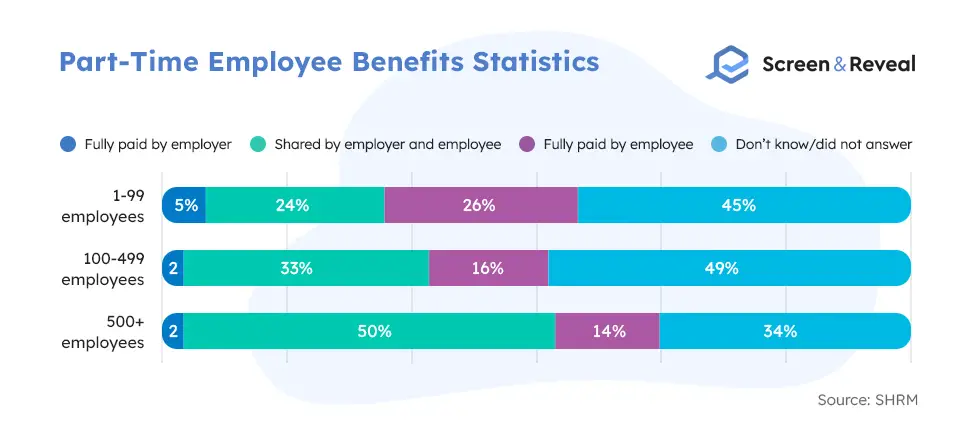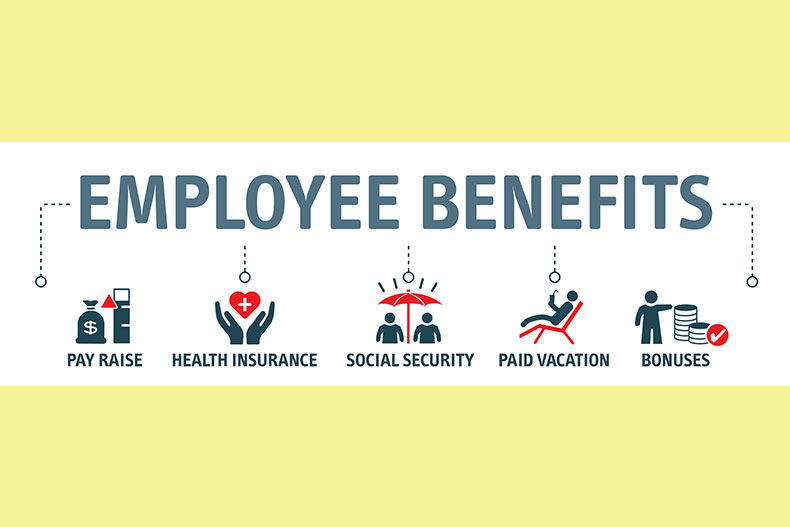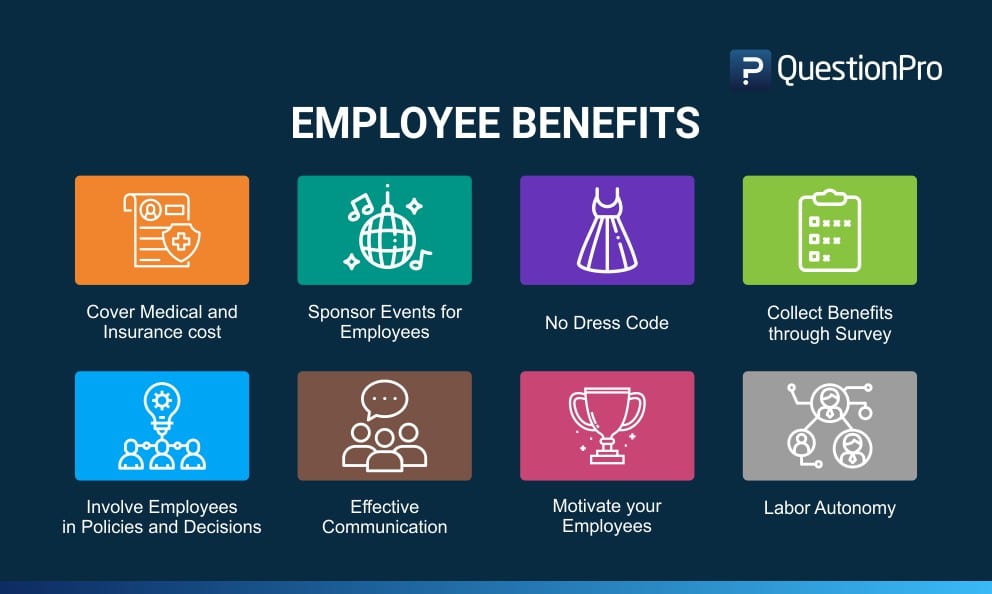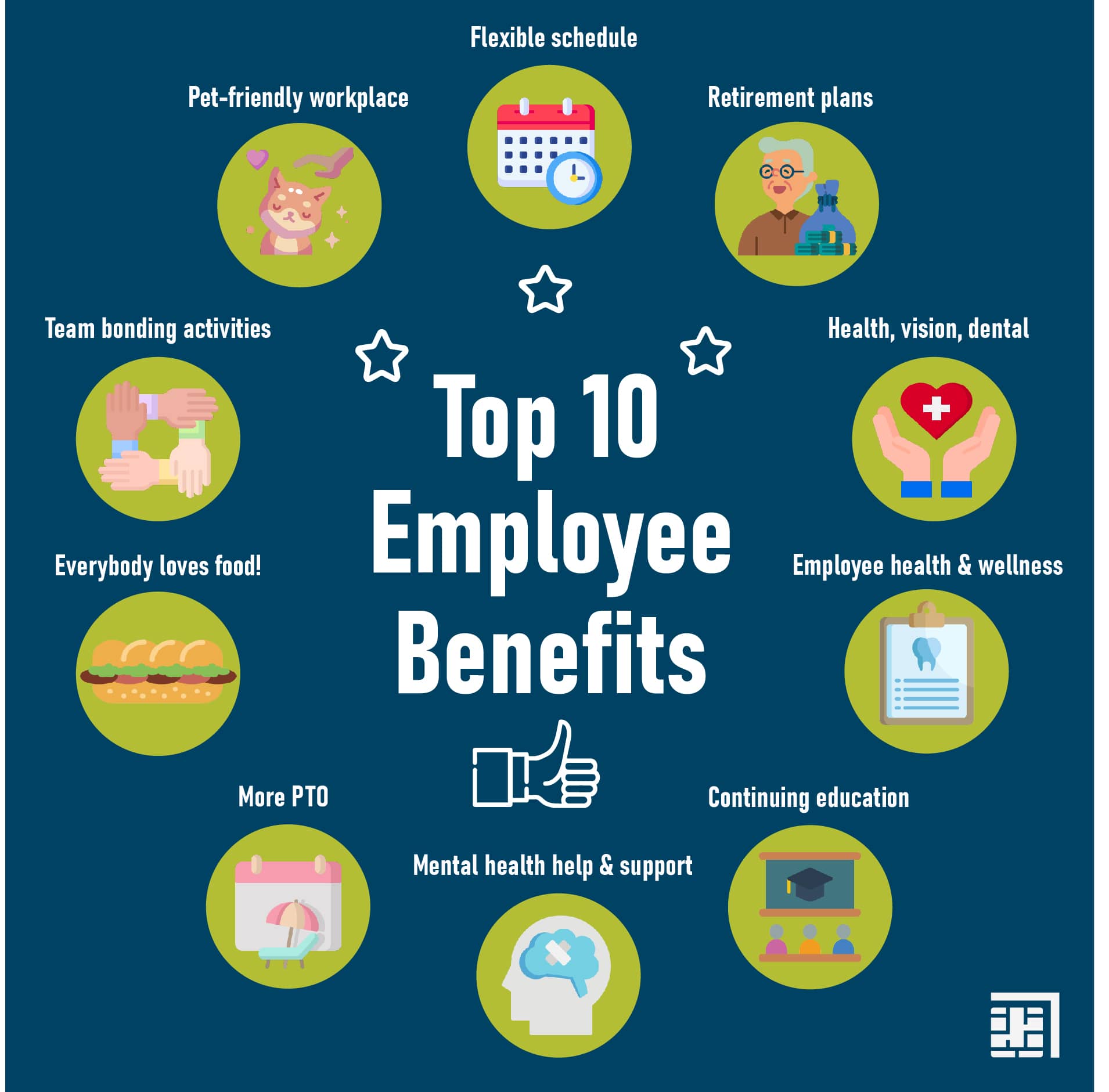Navigating the Complex World of Part-Time Employee Benefits
Part-time employees often face significant challenges when it comes to accessing affordable healthcare options. Unlike their full-time counterparts, part-time workers are not typically eligible for traditional employer-sponsored benefits, leaving them vulnerable to medical expenses. This can be particularly concerning for individuals who rely on part-time work as their primary source of income. Without access to affordable health insurance, part-time employees may be forced to choose between paying for necessary medical care and covering other essential expenses.
The lack of employer-sponsored benefits can also have long-term consequences for part-time employees. Without access to regular health check-ups and preventive care, part-time workers may be more likely to experience chronic health problems and reduced overall well-being. Furthermore, the financial burden of medical expenses can be overwhelming, leading to debt and financial instability.
Fortunately, there are steps that part-time employees can take to access affordable healthcare options. By understanding the various health insurance options available, part-time workers can make informed decisions about their healthcare and take control of their well-being. In the following sections, we will explore the different types of health insurance options available to part-time employees, including individual plans, short-term insurance, and group plans.
It’s essential for part-time employees to prioritize their health and explore available options for affordable healthcare. By doing so, they can reduce their financial risk, improve their overall well-being, and achieve greater peace of mind. With the right information and resources, part-time employees can navigate the complex world of part-time employee health benefits and find affordable coverage that meets their needs.
How to Find Affordable Health Insurance as a Part-Time Employee
As a part-time employee, finding affordable health insurance can be a daunting task. However, with the right information and resources, it is possible to navigate the health insurance marketplace and find coverage that meets your needs. One option to consider is individual health insurance plans, which can be purchased through the Affordable Care Act (ACA) marketplace or directly from insurance companies.
Individual plans offer a range of benefits, including preventive care, hospital stays, and prescription medication coverage. When shopping for an individual plan, it’s essential to consider factors such as premium costs, deductibles, and out-of-pocket expenses. Additionally, part-time employees may be eligible for subsidies or tax credits to help offset the cost of premiums.
Another option for part-time employees is short-term health insurance, which provides temporary coverage for a limited period (usually up to 12 months). Short-term plans are often less expensive than individual plans but may not offer the same level of coverage. However, they can provide a safety net for part-time employees who need temporary coverage.
Group plans are also available to part-time employees, although these plans are typically offered through an employer. Group plans can provide more comprehensive coverage than individual plans and may be more affordable. However, part-time employees may need to meet specific eligibility requirements to participate in a group plan.
To find affordable health insurance as a part-time employee, it’s crucial to compare plans and prices from different insurance companies. Online marketplaces, such as eHealth or GetInsured, can provide a convenient way to shop for plans and compare prices. Additionally, part-time employees can work with a licensed insurance agent or broker to find a plan that meets their needs and budget.
When selecting a health insurance plan, part-time employees should consider their specific health needs and budget. By taking the time to research and compare plans, part-time employees can find affordable coverage that provides peace of mind and financial protection.
The Pros and Cons of Private Health Insurance for Part-Time Workers
Private health insurance can be a viable option for part-time employees who are not eligible for employer-sponsored benefits. However, it’s essential to weigh the pros and cons of private health insurance before making a decision. One of the primary advantages of private health insurance is the flexibility it offers. Part-time employees can choose from a range of plans and providers, allowing them to select coverage that meets their specific needs and budget.
Another benefit of private health insurance is the cost. While premiums can be higher than those for employer-sponsored plans, private insurance can provide more comprehensive coverage and better access to healthcare services. Additionally, private insurance companies often offer a range of discounts and incentives, such as wellness programs and preventive care services, which can help part-time employees save money and improve their overall health.
However, there are also some drawbacks to consider. Private health insurance can be more expensive than other options, and part-time employees may need to pay out-of-pocket for certain services or treatments. Additionally, private insurance companies may have stricter eligibility requirements and more limited provider networks, which can make it harder for part-time employees to access the care they need.
Some popular private insurance options for part-time employees include UnitedHealthcare and Blue Cross Blue Shield. These companies offer a range of plans and coverage options, including catastrophic coverage and short-term insurance. However, it’s essential to carefully review the terms and conditions of each plan before making a decision, as coverage and costs can vary significantly.
When considering private health insurance, part-time employees should also think about their specific health needs and budget. For example, if they have a chronic condition or require regular medical care, they may want to choose a plan with more comprehensive coverage. On the other hand, if they are relatively healthy and only need occasional medical care, a more basic plan may be sufficient.
Ultimately, private health insurance can be a good option for part-time employees who are looking for flexible and comprehensive coverage. However, it’s crucial to carefully weigh the pros and cons and choose a plan that meets their specific needs and budget.
Exploring Alternative Health Benefits for Part-Time Employees
Part-time employees who are not eligible for traditional employer-sponsored benefits may want to explore alternative health benefits that can provide affordable access to healthcare services. One option is telemedicine services, which allow patients to consult with healthcare providers remotely through phone or video conferencing. Telemedicine services can be especially useful for part-time employees who have limited time or mobility, as they can receive medical care from the comfort of their own homes.
Another alternative health benefit is health savings accounts (HSAs), which allow part-time employees to set aside pre-tax dollars for medical expenses. HSAs can be used in conjunction with high-deductible health plans to provide a safety net for unexpected medical expenses. Additionally, HSAs can be used to pay for qualified medical expenses, such as doctor visits, prescriptions, and medical equipment.
Employee assistance programs (EAPs) are another alternative health benefit that part-time employees may want to explore. EAPs provide confidential counseling and support services for employees who are dealing with personal or professional issues. EAPs can be especially useful for part-time employees who may not have access to traditional employer-sponsored benefits, as they can provide a safety net for mental health and wellness.
Other alternative health benefits that part-time employees may want to consider include flexible spending accounts (FSAs), health reimbursement arrangements (HRAs), and wellness programs. FSAs and HRAs allow part-time employees to set aside pre-tax dollars for medical expenses, while wellness programs provide incentives for healthy behaviors, such as exercise and healthy eating.
When exploring alternative health benefits, part-time employees should consider their specific health needs and budget. For example, if they have a chronic condition, they may want to choose a plan that provides comprehensive coverage for their condition. On the other hand, if they are relatively healthy, they may want to choose a plan that provides more basic coverage.
Ultimately, alternative health benefits can provide part-time employees with affordable access to healthcare services. By exploring these options, part-time employees can take control of their health benefits and find coverage that meets their needs.
What Part-Time Employees Need to Know About the Affordable Care Act (ACA)
The Affordable Care Act (ACA) has had a significant impact on the healthcare landscape, particularly for part-time employees. One of the key provisions of the ACA is the individual mandate, which requires most individuals to have minimum essential coverage or face a penalty. However, part-time employees may be exempt from this requirement if they are not eligible for employer-sponsored coverage and cannot afford individual coverage.
Another important aspect of the ACA for part-time employees is the subsidies and Medicaid expansion. Part-time employees who earn between 100% and 400% of the federal poverty level may be eligible for subsidies to help pay for individual coverage. Additionally, some states have expanded Medicaid to cover more low-income individuals, including part-time employees.
Part-time employees can also take advantage of the ACA’s health insurance marketplace, which allows them to compare and purchase individual plans from various insurance companies. The marketplace offers a range of plans with different levels of coverage and cost-sharing, allowing part-time employees to choose a plan that meets their needs and budget.
When navigating the ACA marketplace, part-time employees should consider their specific health needs and budget. For example, if they have a chronic condition, they may want to choose a plan with more comprehensive coverage. On the other hand, if they are relatively healthy, they may want to choose a plan with lower premiums and higher deductibles.
It’s also important for part-time employees to understand the different types of plans available on the marketplace, including catastrophic plans, bronze plans, silver plans, gold plans, and platinum plans. Each type of plan has different levels of coverage and cost-sharing, and part-time employees should choose a plan that meets their needs and budget.
Finally, part-time employees should be aware of the open enrollment period for the ACA marketplace, which typically runs from November to December each year. During this time, part-time employees can enroll in a new plan or change their existing plan. Outside of the open enrollment period, part-time employees may only be able to enroll in a plan if they experience a qualifying life event, such as losing their job or getting married.
Employer-Sponsored Benefits for Part-Time Employees: What’s Available?
While part-time employees may not be eligible for traditional employer-sponsored benefits, some employers may offer alternative benefits that can provide affordable access to healthcare services. One option is limited-benefit plans, which offer a limited scope of benefits, such as doctor visits, prescriptions, and hospital stays. These plans are often less expensive than traditional employer-sponsored plans but may not provide the same level of coverage.
Another option is mini-med plans, which offer a limited scope of benefits, such as doctor visits, prescriptions, and hospital stays, but with a lower premium cost. These plans are often used by employers who want to provide some level of benefits to their part-time employees but cannot afford to offer traditional employer-sponsored plans.
Voluntary benefits are another option that employers may offer to part-time employees. These benefits are typically offered through a third-party provider and can include a range of benefits, such as dental, vision, and life insurance. Voluntary benefits can provide part-time employees with additional coverage options that can supplement their individual coverage.
When considering employer-sponsored benefits, part-time employees should carefully review the terms and conditions of the plan, including the premium cost, coverage, and any limitations or exclusions. It’s also important to consider how the plan will interact with any individual coverage they may have, such as a plan purchased through the ACA marketplace.
Employer-sponsored benefits can provide part-time employees with affordable access to healthcare services, but it’s essential to carefully evaluate the options and choose a plan that meets their needs and budget. By taking an active role in managing their health benefits, part-time employees can ensure they have the coverage they need to stay healthy and financially secure.
Some employers may also offer other benefits, such as flexible spending accounts (FSAs) or health reimbursement arrangements (HRAs), which can help part-time employees pay for medical expenses. These benefits can provide part-time employees with additional financial support and help them manage their healthcare costs.
Tax Credits and Incentives for Part-Time Employees with Health Benefits
Part-time employees who purchase health insurance may be eligible for tax credits and incentives that can help reduce their healthcare costs. One of the most significant tax credits available is the premium tax credit, which is available to individuals and families who purchase health insurance through the Affordable Care Act (ACA) marketplace.
The premium tax credit is a refundable tax credit that can be claimed on an individual’s tax return. The credit is based on the individual’s income and family size, and it can be used to reduce the premium cost of health insurance. For example, an individual who earns $30,000 per year and purchases a health insurance plan through the ACA marketplace may be eligible for a premium tax credit of $200 per month.
Another tax credit available to part-time employees is the small business health care tax credit. This credit is available to small businesses that provide health insurance to their employees, including part-time employees. The credit is based on the number of employees and the amount of premiums paid, and it can be used to reduce the business’s tax liability.
In addition to tax credits, part-time employees may also be eligible for other incentives, such as health savings accounts (HSAs) and flexible spending accounts (FSAs). These accounts allow individuals to set aside pre-tax dollars for medical expenses, which can help reduce their out-of-pocket costs.
When claiming tax credits and incentives, part-time employees should carefully review the eligibility requirements and application process. It’s also important to consult with a tax professional or financial advisor to ensure that they are taking advantage of all the credits and incentives available to them.
By taking advantage of tax credits and incentives, part-time employees can reduce their healthcare costs and make health insurance more affordable. It’s essential to explore these options and find the best way to manage healthcare expenses.
Conclusion: Empowering Part-Time Employees to Take Control of Their Health Benefits
In conclusion, part-time employees face unique challenges when it comes to accessing affordable healthcare options. However, by understanding the various health insurance options available, including individual plans, short-term insurance, and group plans, part-time employees can take control of their health benefits and find affordable coverage that meets their needs.
It’s essential for part-time employees to explore alternative health benefits, such as telemedicine services, health savings accounts (HSAs), and employee assistance programs (EAPs), which can provide affordable access to healthcare services. Additionally, part-time employees should be aware of the tax credits and incentives available to them, including the premium tax credit and the small business health care tax credit.
By taking an active role in managing their health benefits, part-time employees can reduce their healthcare costs and improve their overall well-being. It’s crucial for part-time employees to stay informed about the Affordable Care Act (ACA) and its impact on their health benefits, including the individual mandate, subsidies, and Medicaid expansion.
Employer-sponsored benefits, such as limited-benefit plans, mini-med plans, and voluntary benefits, may also be available to part-time employees. These options can provide additional coverage and help supplement individual coverage.
In summary, part-time employees have several options available to them when it comes to accessing affordable healthcare. By exploring these options and taking an active role in managing their health benefits, part-time employees can find affordable coverage that meets their needs and improves their overall well-being.
Remember, healthcare is a fundamental right, and part-time employees deserve access to affordable and quality healthcare. By empowering part-time employees to take control of their health benefits, we can create a healthier and more productive workforce.





